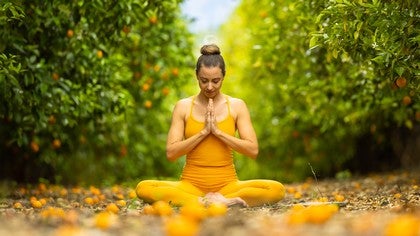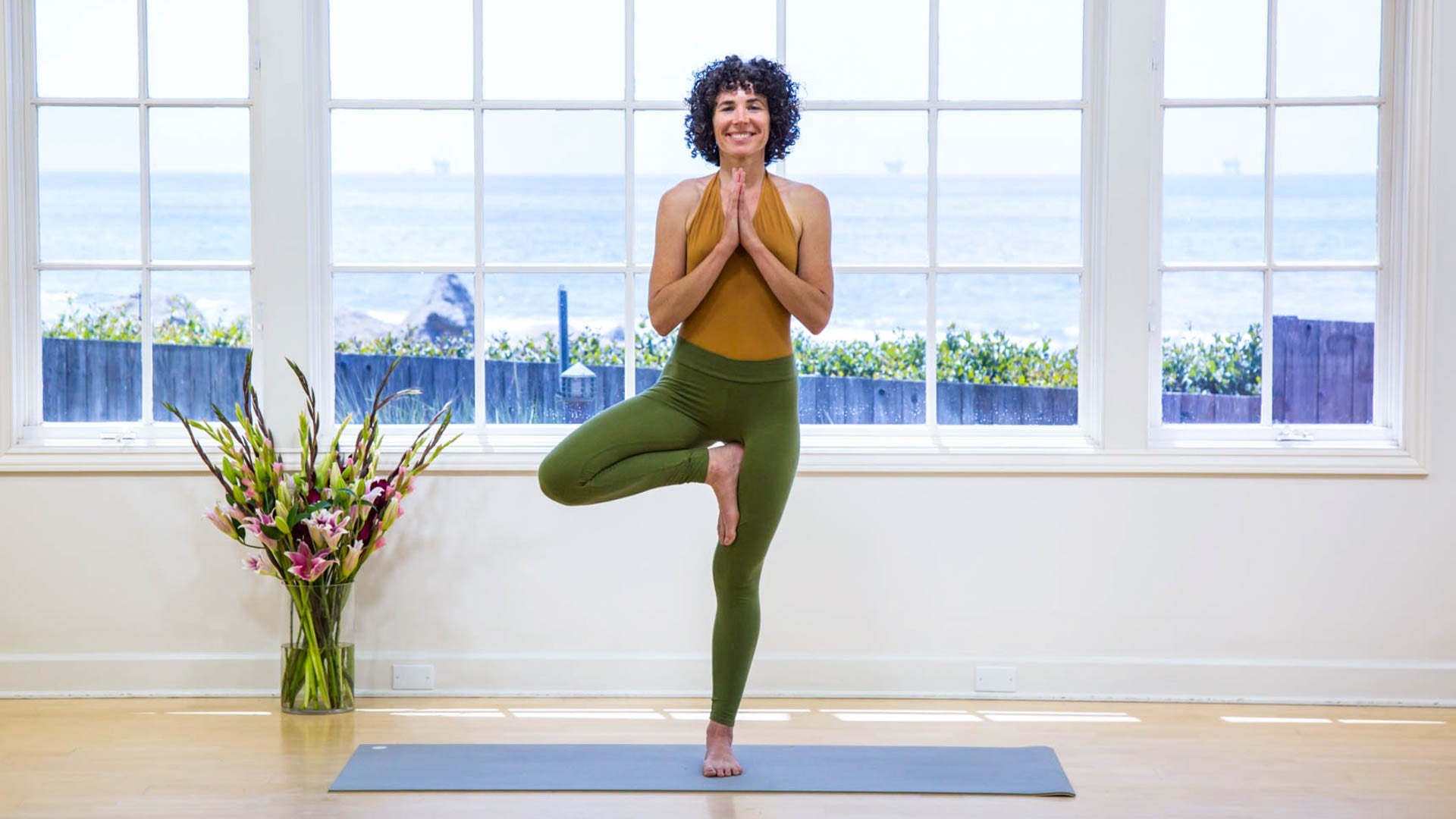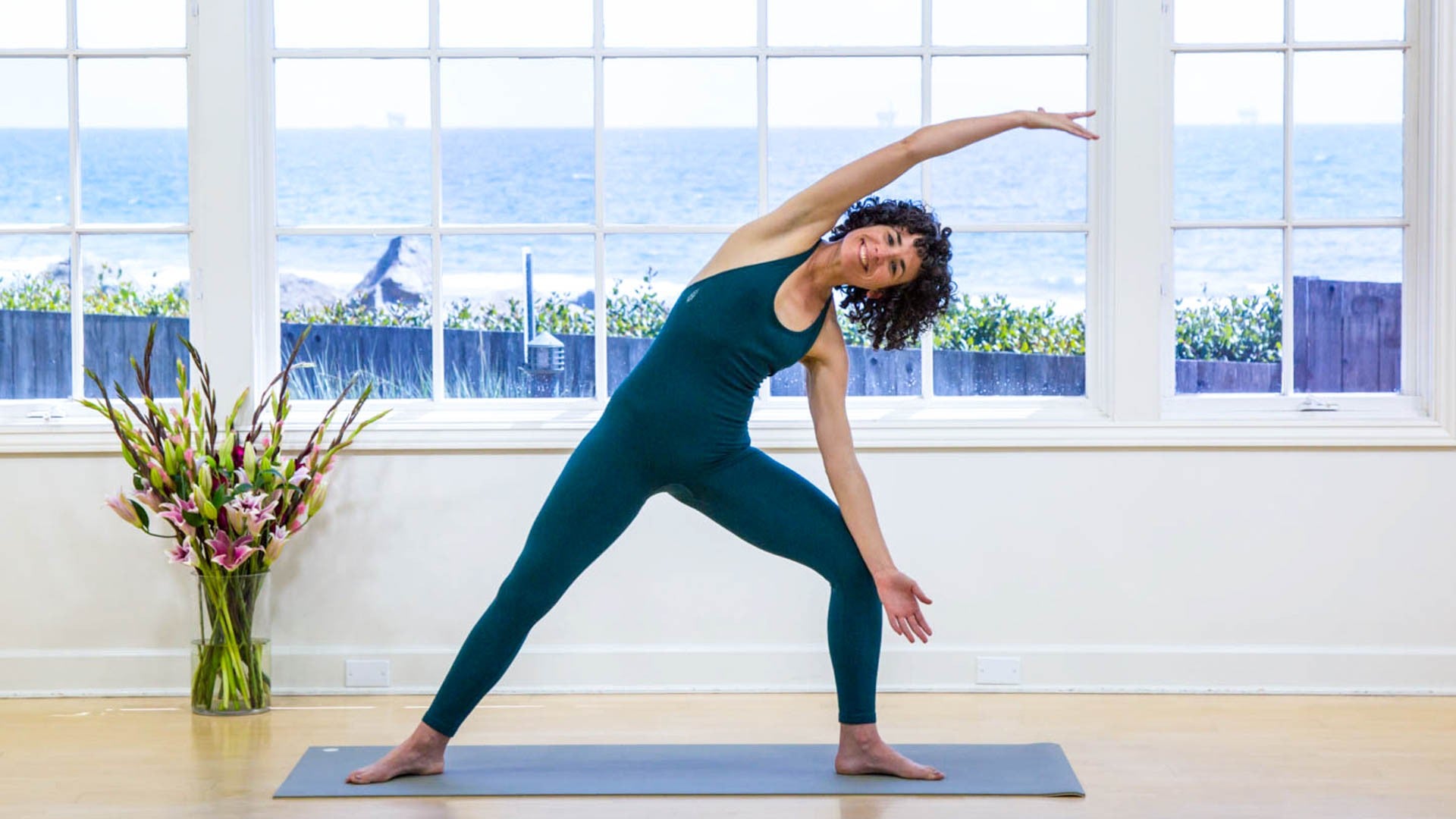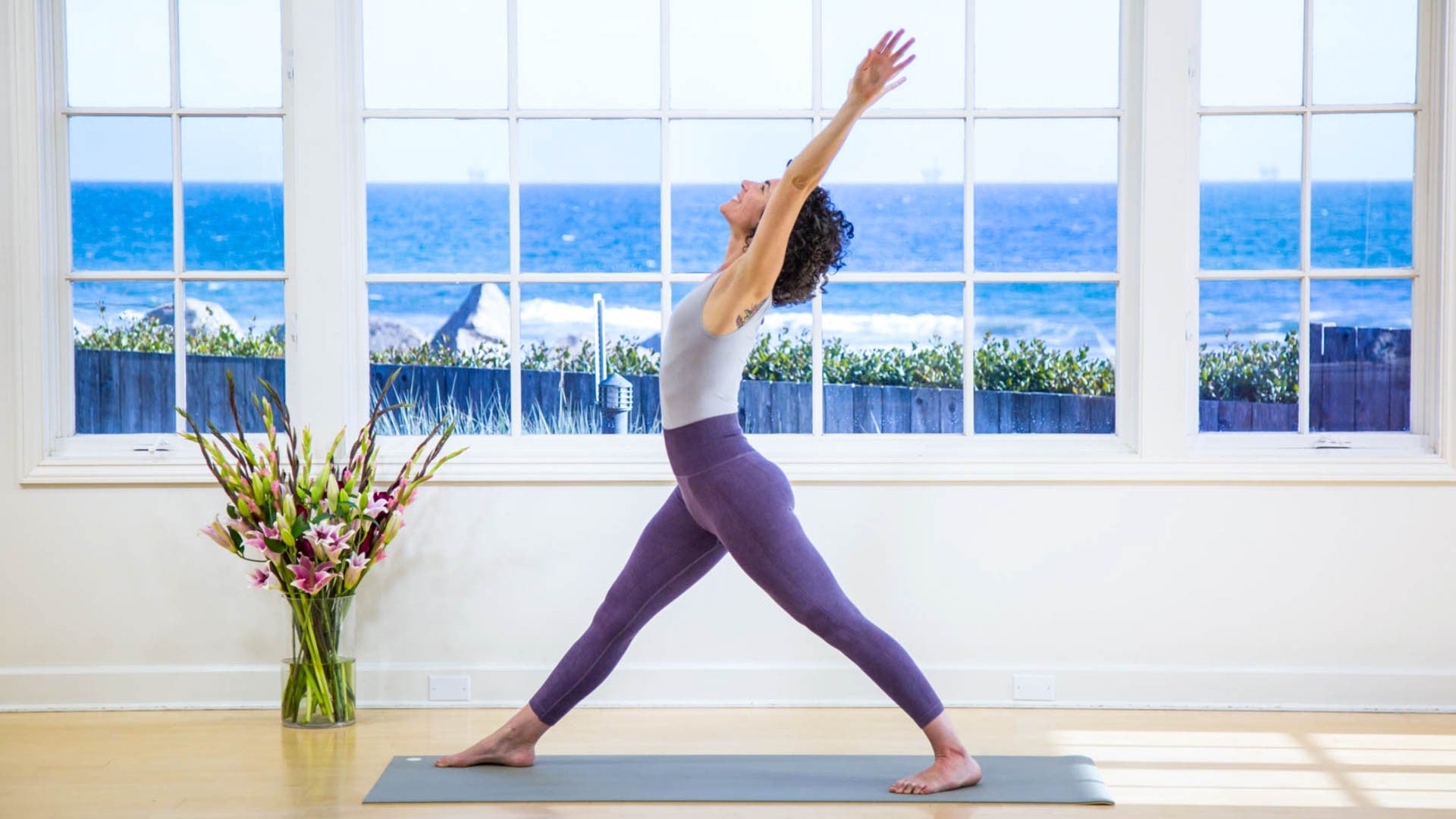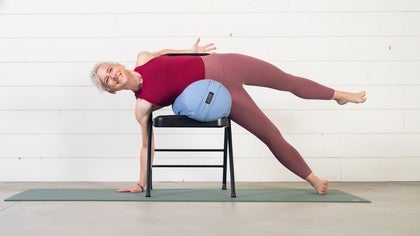
What Is the Somatic Approach to Yoga?
As an artist, I have always been inside a creative process engaging in the practice of asking questions, never knowing where they will lead. I am comfortable moving towards what feels alive and deeply curious; this same inquiry shows up in my practice of yoga asana. I let the research come from my body, to be in question and mystery as I allow the study to be inside myself and in my own experience. It is a living, creative process rather than a static one.
Somatic practices bring you into relationship with your own body. They lead you towards embodiment, towards knowing and being with what the body knows of itself. A somatic practice could be something as simple as lying on the ground and feeling your body touch the floor. To really show up for touch and to arrive for the experience of moving and feeling can be quite profound. A practice could also come from a question, like getting to know your spine. The first step would be to visualize or imagine your spine. You could look at pictures or models to get to know the shape, size, and curves. The next step would be to feel your own unique spine. How does it move? Where is the weight falling? How does your spine feel? Then you would embody your spine so that the observer falls away and you experience the inherent wisdom of your spine. In this step you dive into the mystery and intelligence of what the body knows of itself— alive and always changing.
Somatic practices are about getting to know ourselves more intimately; entering a safe and informed practice that responds to our ever-changing needs as dynamic organisms; reclaiming the ability to make our own choices about our bodies.
When we engage with our practice somatically we stay with the questions, what am I feeling? Is this nourishing? Does this work for me? How could I be more comfortable here? Can the learning come from my body? We listen to our unique way of being here in an inclusive way. We practice personal agency, we become empowered to know that we have choice and that we each know our experience and our body better then anyone else. Somatic practices are about getting to know ourselves more intimately; entering a safe and informed practice that responds to our ever-changing needs as dynamic organisms; reclaiming the ability to make our own choices about our bodies. In order to create any change we first have to know what we are doing, we have to notice our habits.
Yoga is a somatic practice, but often it is offered and practiced in a way that doesn’t lead to embodiment. Rather than feeling and experiencing ourselves, someone is telling us how to move and then we “do” the movement without actually feeling it. In a yoga class, if we want to create more detail in an asana, a teacher might offer cues that can imply more of a doing quality. A somatic cue would invite the student into their own curiosity. A cue might appear as a question or evoke imagery. A yoga practice becomes more of a somatic practice when we release the sense of “doing” and allow for more of an experiential approach. Something you could try while practicing asana is to ask yourself the question: “Am I comfortable?” When the cue is to look up at your top hand, is your neck comfortable? If not, can you find more support and can you make another choice?
Even patterns that were once helpful can become hurtful if we aren’t listening to what they are doing to us and if we don’t give them permission to change.
If a teacher told us to open up the chest by bringing the shoulder blades together and if we get rigid around that idea, thinking that is the one and only way to practice a shape, what may have been medicinal for a moment can ultimately turn into a harmful pattern. Even patterns that were once helpful can become hurtful if we aren’t listening to what they are doing to us and if we don’t give them permission to change.
In Yoga and the Somatic Experience, a new 5-week course on Yoga Anytime, I bring our focus to the elements as a way to widen our view within our body and also to experience our body in relationship. For instance, when we move through the earth practice, we ask the questions, how am I relating to the earth? What parts of my body are hovering, collapsing, resisting? When I am standing and practicing asana, what is it like to let my whole body feel the support of the ground and gravity? We come to know ourselves as part of the earth. It’s like knowing the difference between love as a concept and love as a feeling. Listening to a song is quite different then having someone describe it to you. When we know our body in relationship to the earth somatically, not just mentally, it can inform the way we are in the rest of our lives.
A somatic yoga practice produces wonder so we become explorers in our own bodies. We enter into a conversation with ourselves and with the world. We learn about ourselves and our environment. It is a deeply transformative and engaged practice.
Watch: What is Somatics?
Comments

You need to be a subscriber to post a comment.
Please Log In or Create an Account to start your free trial.

